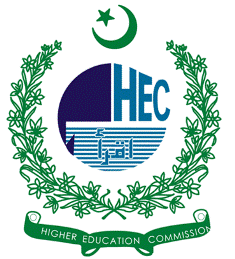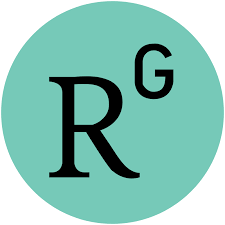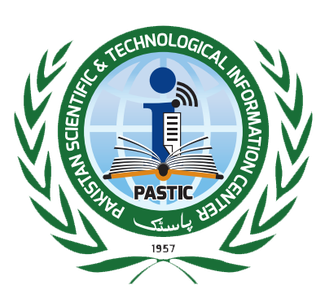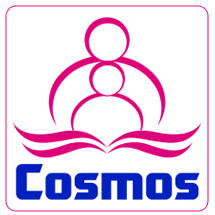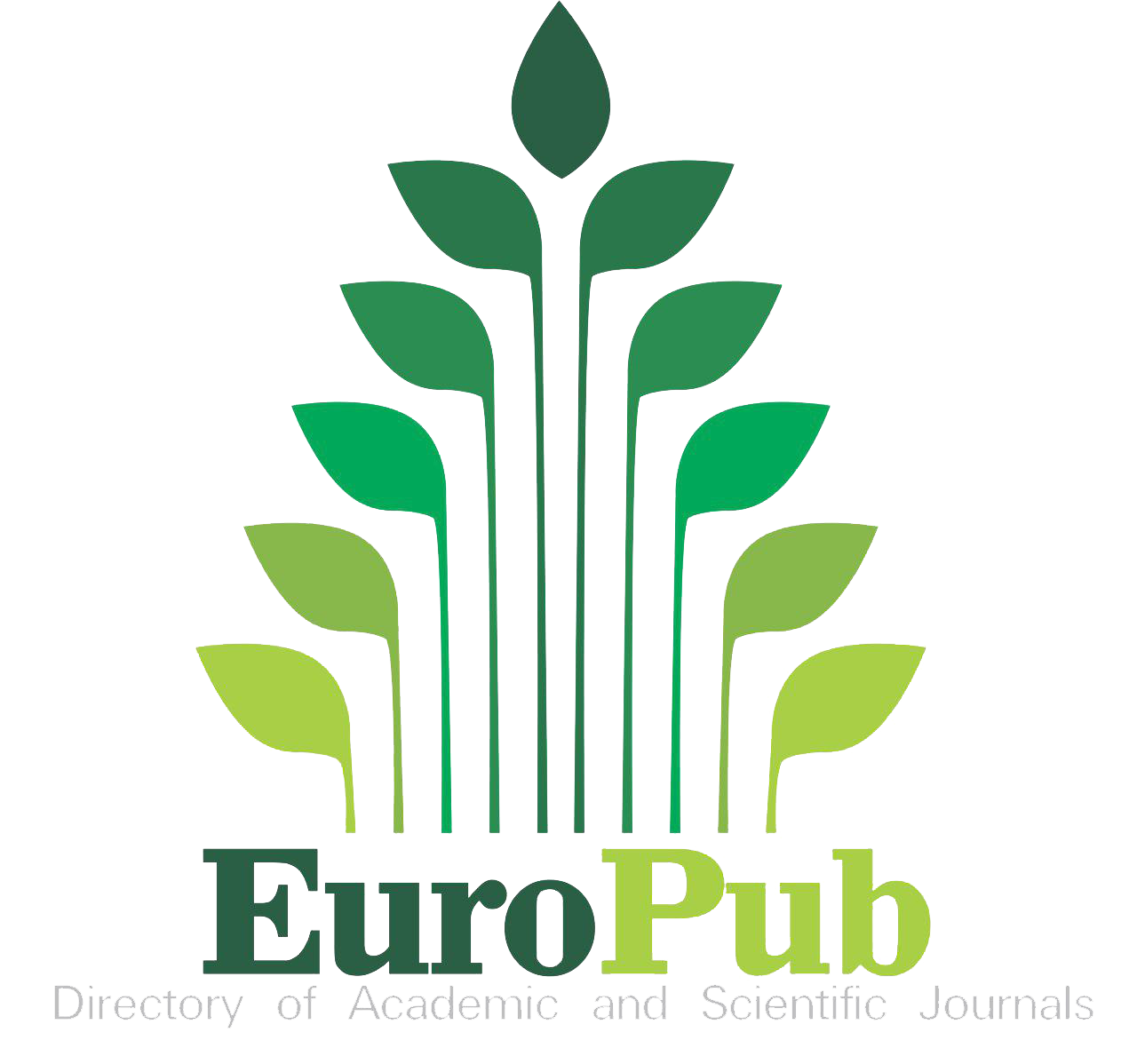Vortex Powerplant Implementation in A Coastal Community
Keywords:
GWVPP (Gravitational Water Vortex Power Plant), EFT (Eco-Friendly Technology), Hydropower, Wastewater, TurbineAbstract
A gravitational water vortex power plant is an eco-friendly device that generates electricity from renewable energy sources. In this system, a turbine extracts energy from the vortex created by tangentially channeling water into a circular basin. This article aims to explore the feasibility of implementing vortex power plant technology in coastal communities using an experimental model. The study investigates the potential of wastewater as a renewable energy resource by analyzing the relationship between flow rate, torque, and efficiency under different material and pipe configurations, particularly in urban areas. For experimental purposes, Gujrat city was selected. The wastewater outlet points near Bolley Bridge discharge approximately 74,714,000 liters per day. Based on our survey, the average household water usage in Gujrat city is 500 liters per day. An experimental model was designed to estimate potential energy generation. The model's design focused on optimizing the basin shape, inlets, outlets, and turbine configuration.
Using different pipes (cast iron and steel), the average water velocity and discharge rates were evaluated. The steel pipe produced higher velocity. Efficiency and production were further analyzed using LED lights, revealing that at 60 RPM, the system achieved significant efficiency and output voltage.
References
Gonzalez, J. et al, “Policy frameworks for emerging renewable technologies,” Energy Policy, vol. 39, no. 4, pp. 120–133, 2021.
Müller, R. et al, “Ecological benefits of low-head hydropower systems,” Environ. Sci. Technol., vol. 52, no. 3, pp. 215–230, 2020.
A. M. N. Sagar Dhakal, Ashesh B. Timilsina, Rabin Dhakal, Dinesh Fuyal, Tri R. Bajracharya, Hari P. Pandit, Nagendra Amatya, “Comparison of cylindrical and conical basins with optimum position of runner: Gravitational water vortex power plant,” Renew. Sustain. Energy Rev., vol. 48, pp. 662–669, 2015, doi: https://doi.org/10.1016/j.rser.2015.04.030.
Iskandar, S. et al, “Implementation of gravitational vortex plants in Indonesian coastal regions,” J. Renew. Energy, vol. 56, no. 2, pp. 78–89, 2020.
Ahmed, S. et al, “Renewable energy potential in coastal environments,” Renew. Energy J., vol. 64, no. 3, pp. 45–57, 2022.
Gonzalez, J. et al, “Policy frameworks for emerging renewable technologies,” Energy Policy, vol. 39, no. 4, pp. 120–133, 2021.
A. Sedai, G. Singh, R. Dhakal, B. B. Kumal, N. Ghimire, and B. K. Yadav, “Technical and Economic Analysis of Site Implementations of Gravitational Water Vortex Power Plant,” Proc. - 2021 IEEE Int. Conf. Intell. Syst. Smart Green Technol. ICISSGT 2021, pp. 128–133, 2021, doi: 10.1109/ICISSGT52025.2021.00036.
Ravi, P. et al, “Integration of gravitational vortex systems in hybrid renewable energy frameworks,” J. Energy Syst., vol. 45, no. 2, pp. 120–130, 2022.
M. a O. B. Yaakob, “A Review on Micro Hydro Gravitational Vortex Power and Turbine Systems,” J. Technol., 2014, [Online]. Available: https://www.slideshare.net/slideshow/a-review-on-micro-hydro-gravitational-vortex-power-and-turbinepdf/262095086
J. J. Paweł Tomczyk, Krzysztof Mastalerek, Mirosław Wiatkowski, Zeshan Asghar, “Assessment of a Francis Micro Hydro Turbine Performance Installed in a Wastewater Treatment Plant,” Energies, vol. 16, no. 20, p. 7214, 2023, doi: https://doi.org/10.3390/en16207214.
C. Martinez, “Community-driven renewable energy projects in Southeast Asia,” Energy Dev., vol. 8, no. 1, pp. 89–101, 2022.
C. Xu, “Study of wave interaction with vertical piles integrated with oscillating water columns,” Univ. Hawaiʻi Mānoa, 2018, [Online]. Available: https://core.ac.uk/download/211329122.pdf
GUJRAT DISTRICT, “https://www.pbs.gov.pk/census-2017-district-wise/results/048,” Pakistan Bur. Stat., 2023.
HAMID BASHIRI & ANGELOS FINDIKAKIS, “Hydrolink 2020/2. Hydraulic Transients,” Int. Assoc. Hydro-Environment Eng. andResearch, 2020, [Online]. Available: https://core.ac.uk/reader/535022280
S. M. Mosè Rossi, Massimiliano Renzi, David Štefan, “Small-Scale Hydropower and Energy Recovery Interventions: Management, Optimization Processes and Hydraulic Machines Applications,” MDPI AG, 2022, doi: https://doi.org/10.3390/books978-3-0365-5553-9.
J. A. Chattha, T. A. Cheema, and N. H. Khan, “Numerical investigation of basin geometries for vortex generation in a gravitational water vortex power plant,” 2017 8th Int. Renew. Energy Congr. IREC 2017, May 2017, doi: 10.1109/IREC.2017.7926028.
N. Dhakal, Sagar & Timilsina, Ashesh & Dhakal, Rabin & Fuyal, Dinesh & Bajracharya, Tri & Pandit, Hari & Amatya, “Mathematical modeling, design optimization and experimental verification of conical basin,” Gravitational water vortex power plant. Accessed: Apr. 07, 2025. [Online]. Available: https://www.studocu.com/ph/document/wesleyan-university-philippines/research-methods/mathematical-modeling-design-optimization-and-experimental-verification-of-conical-basin-gravitational-water-vortex-power-plant/23168539

Downloads
Published
How to Cite
Issue
Section
License
Copyright (c) 2025 50sea

This work is licensed under a Creative Commons Attribution 4.0 International License.

